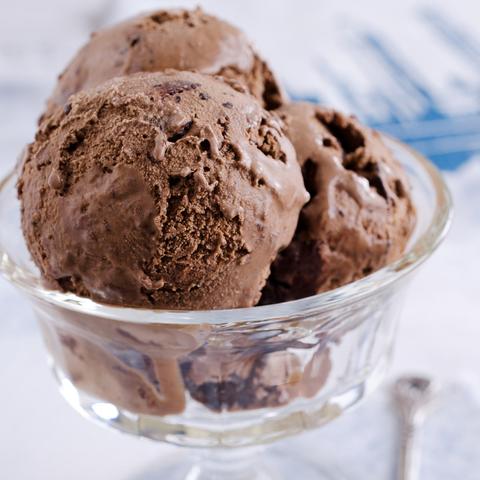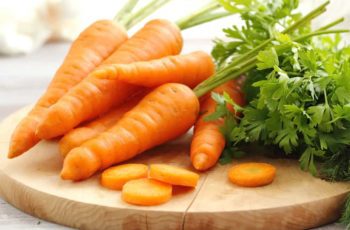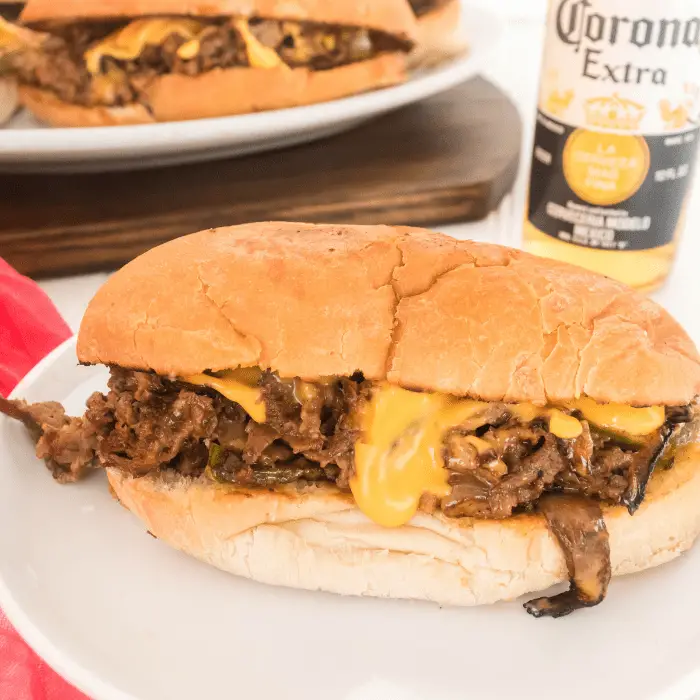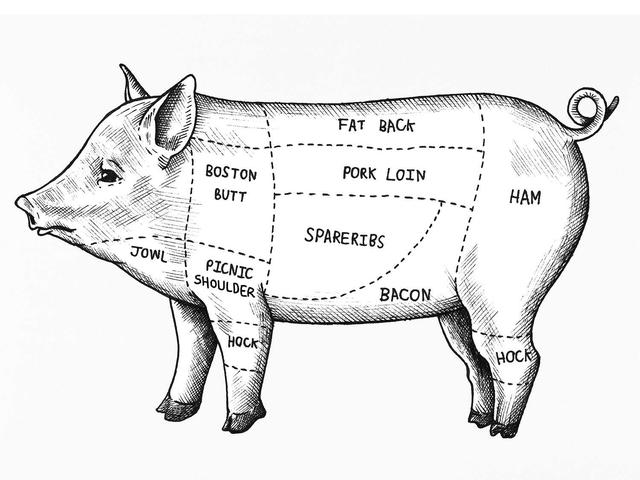
“Pork Butt vs Pork Loin: Unveiling the Differences in Cuts and Tastes” – Discover the contrasting characteristics of these popular pork cuts as we delve into their unique qualities, cooking techniques, and flavor profiles. Whether you’re a seasoned chef or a curious home cook, this comprehensive guide will help you make informed decisions when choosing between succulent pork butt and tender pork loin for your next culinary masterpiece.
Pork Shoulder (Butt) vs Pork Loin: The Differences Explained
One of the main differences between pork loin and pork butt (pork shoulder) is the fat content. Pork butt contains a higher amount of intramuscular fat, while pork loin typically has minimal fat. This difference in fat content affects how these cuts should be cooked, with pork loin best served at around 145F and pork butt finishing at a higher temperature of 195-205F for pulling.
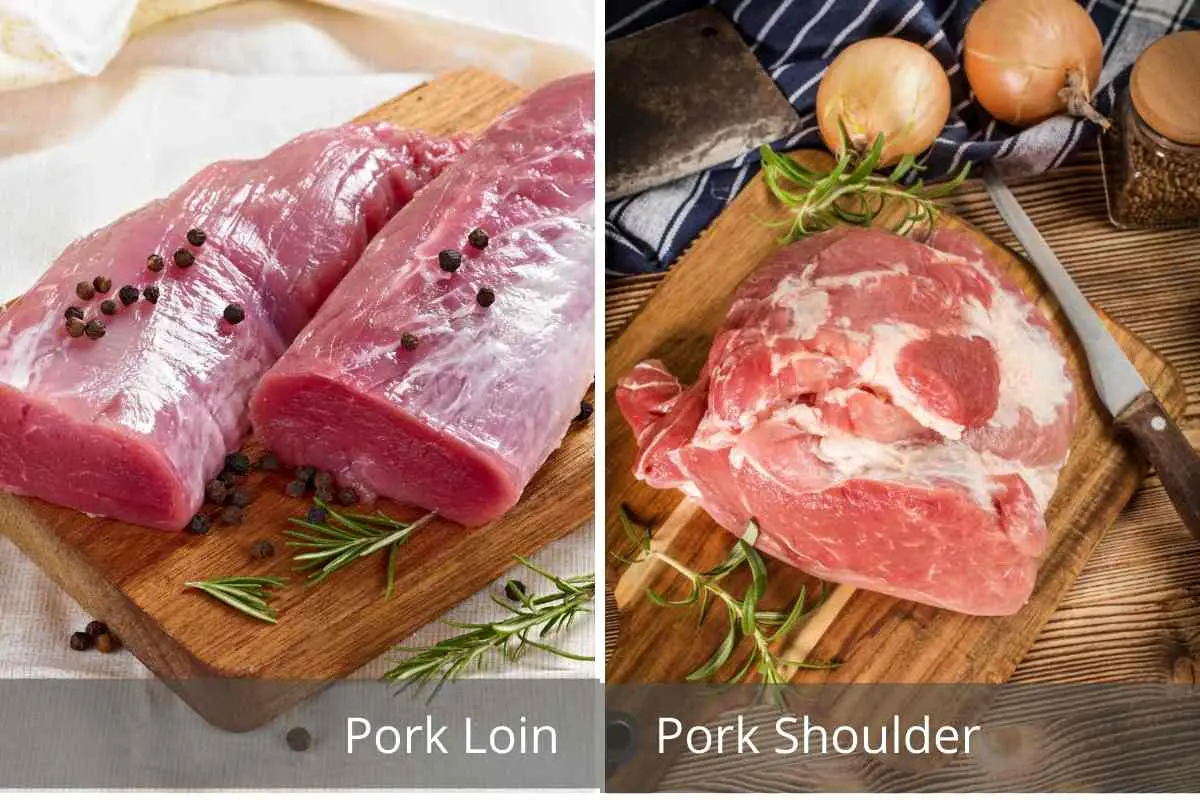
Pork shoulder, often referred to as pork butt or Boston butt, actually comes from the front of the pig rather than the hindquarters. It is sourced from the upper shoulder area behind the neck/head. The name “Boston Butt” originated from Colonial New England when inexpensive cuts of meat were packed into large barrels called “butts” for transportation purposes.
Pork loin, on the other hand, is a lean cut of meat found between the back fat and baby back ribs. It is not heavily exercised and is used to make various cuts such as boneless chops, roasts, stew meat, and ribeye steaks. Both pork loin and pork shoulder are affordable cuts of meat that can be prepared in different ways.
What is Pork Shoulder (Butt)?

Pork shoulder, also known as pork butt, is a cut of pork sourced from the upper shoulder of the pig, behind the neck/head. Despite its name, it does not come from the hindquarters of the pig. The term “Boston butt” is often used interchangeably with pork butt and originates from Colonial New England when butchers packed inexpensive cuts of meat into large barrels called “butts” for transportation purposes. Pork butt contains a higher amount of intramuscular fat compared to other cuts, making it ideal for slow cooking methods such as smoking or roasting until it reaches a temperature range of 195-205F for pulling.
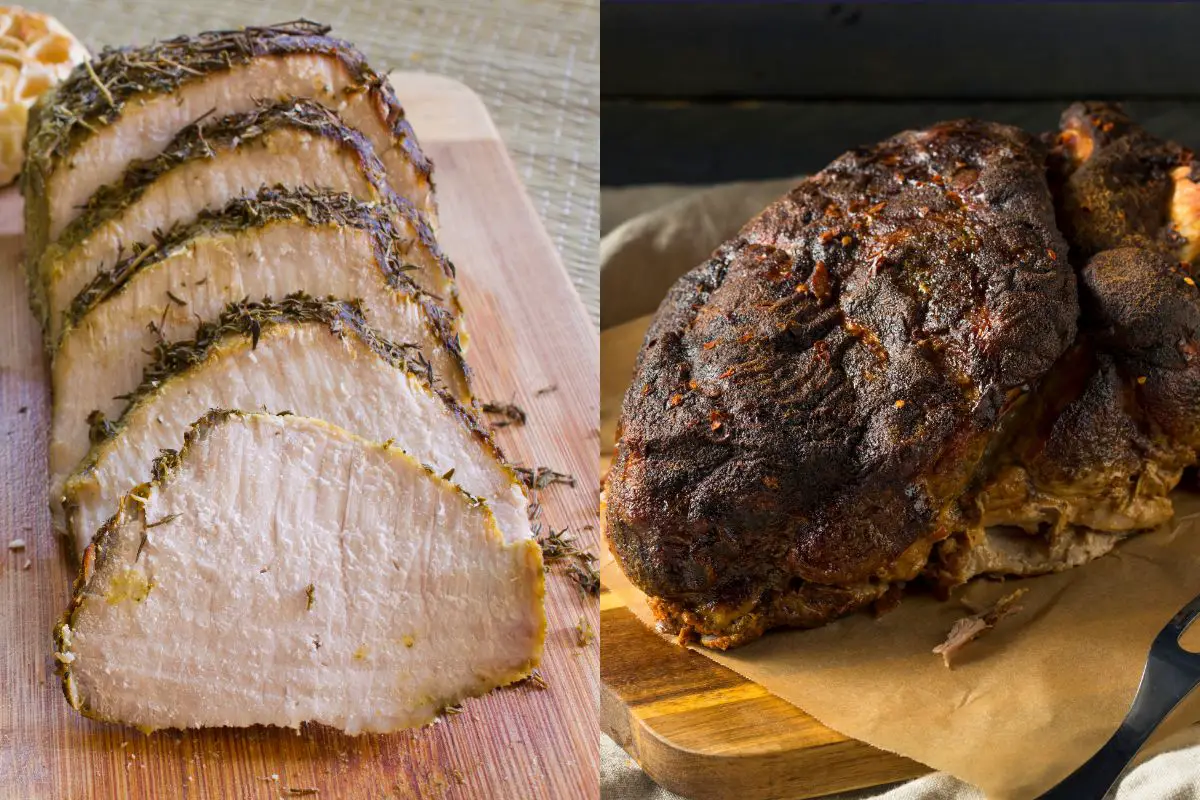
What is Pork Loin?
Pork loin is a cut of pork that comes from the back of the pig, specifically between the back fat and the baby back ribs. It is known for being a lean cut of meat, with minimal fat content. In fact, pork loin is considered to be the leanest cut on the entire pig. It is not heavily exercised and is not used for movement, which contributes to its tenderness.
From the pork loin muscle, various cuts can be derived such as boneless chops, roasts, stew meat, and ribeye steaks. The meat from pork loin can be divided into two halves: a blade end and a sirloin end. The blade end of pork loin shares similar qualities to pork butt in terms of marbled intramuscular fat, making it suitable for pulled pork dishes. On the other hand, the sirloin end of pork loin works well when sliced into thin chops or cubed up for stew meat.
Price of Pork Loin and Pork Shoulder
Pork loin and pork shoulder are both very affordable cuts of meat. On average, they usually cost around $0.99 – $2.29 per pound. The price may vary depending on where you purchase them, but they are generally considered to be budget-friendly options.
In my local grocery store, bone-in pork butt is priced at $1.99 per pound, while a whole boneless pork loin can be found for $1.89 per pound at my local wholesale store, BJs. These prices make both cuts of meat accessible to a wide range of consumers and allow for economical meal planning.
Differences in Cooking Method
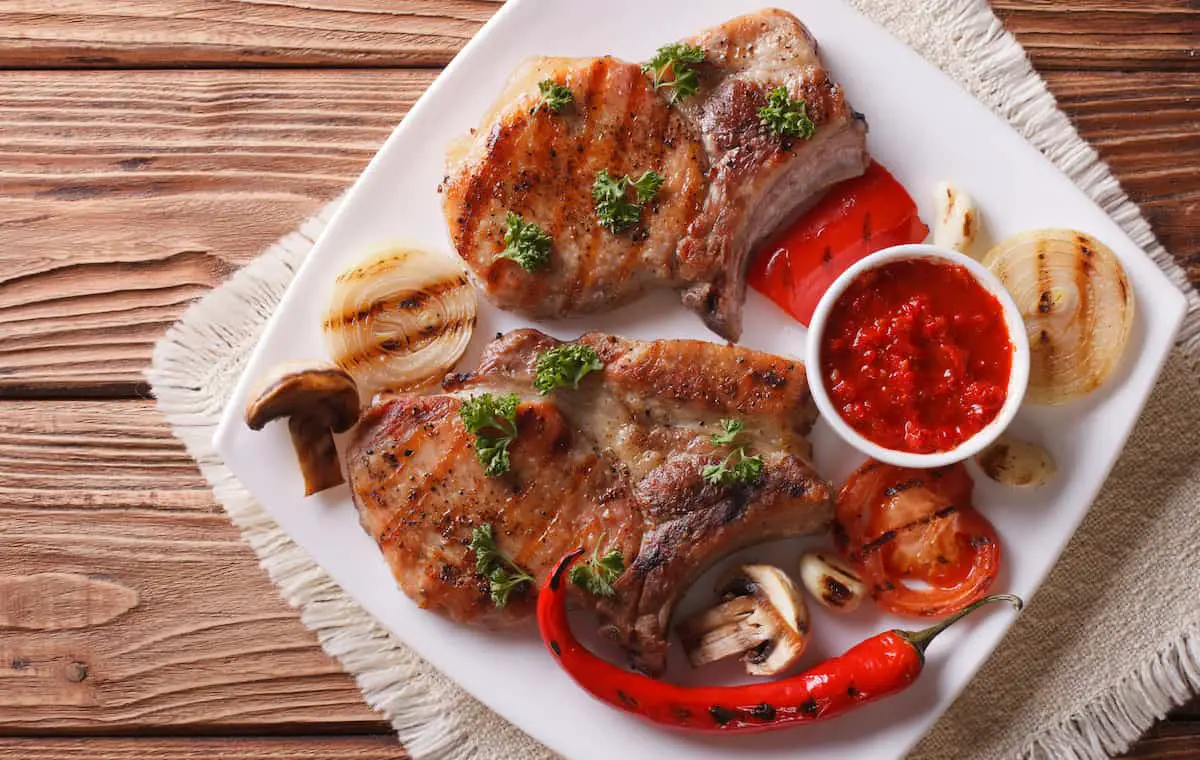
The pork shoulder (butt) and the pork loin require different cooking methods due to their fat content and muscle structure. The pork shoulder, with its higher intramuscular fat content, is best suited for slow cooking methods such as smoking or braising. It is commonly smoked until it reaches an internal temperature of 195-205°F, at which point the meat becomes tender enough to be pulled apart easily for dishes like pulled pork. On the other hand, the leaner pork loin is typically cooked to a lower internal temperature of 145°F. This can be achieved through various cooking methods such as grilling, roasting, or pan-frying.
When cooking pork shoulder, the longer cooking time at higher temperatures allows the fat to render down and keep the meat moist and flavorful. The connective tissues in the shoulder also break down during this slow cooking process, resulting in a tender and juicy texture. In contrast, pork loin requires shorter cooking times at lower temperatures to prevent it from drying out. It is important to cook pork loin only until it reaches 145°F to maintain its tenderness and juiciness.
Pork Loin or Pork Shoulder for Pulled Pork?
When it comes to making pulled pork, the choice between using pork loin or pork shoulder can make a significant difference. The main distinction between these two cuts of pork is the fat content. Pork shoulder, also known as pork butt, contains a higher amount of intramuscular fat compared to pork loin, which generally has minimal fat. This difference in fat content affects the cooking process and temperature requirements for each cut.
Pork loin is best served at around 145°F, while pork butt needs to be cooked to a higher finishing temperature of 195-205°F for pulling. However, it is possible to use pork loin for pulled pork if you choose the blade end of the loin, which has more marbled fat and resembles the qualities of pork butt. Similarly, pork shoulder can also be used to make delicious pork steaks.
In conclusion, when it comes to pork butt vs pork loin, both cuts have their own unique qualities and culinary uses. Pork butt is well-suited for slow cooking methods, resulting in tender and juicy dishes. On the other hand, pork loin is leaner and ideal for quick cooking methods like grilling or roasting. Ultimately, the choice between the two depends on personal preference and the desired outcome of your dish.
Learn More About Grilling
If you want to learn more about grilling, check out these other helpful resources!


